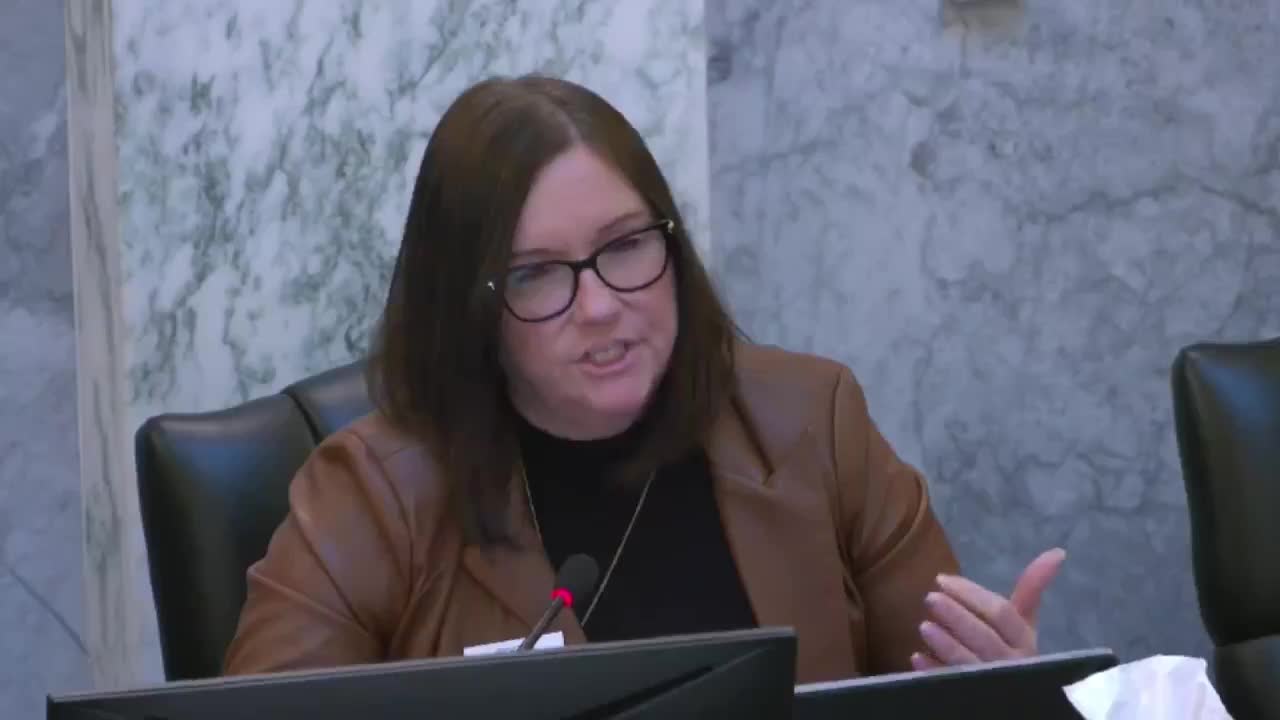Idaho State University seeks new Gale Life Science Building amid rapid growth challenges
February 17, 2025 | 2025 Joint Legislative Sessions, 2025 Legislative Sessions, Idaho
This article was created by AI summarizing key points discussed. AI makes mistakes, so for full details and context, please refer to the video of the full meeting. Please report any errors so we can fix them. Report an error »

In a recent meeting of the Idaho Joint Finance-Appropriations Committee, discussions centered on the future of the Gale Life Science Building at Idaho State University (ISU) and the broader implications of state building maintenance and construction practices. The committee explored whether to replace the 50-year-old facility or invest in its maintenance, highlighting the challenges of aging infrastructure in the face of rapid growth in higher education.
Kelly Burrard, deputy with the Division of Public Works, emphasized that the Gale Life Science Building is nearing the end of its useful life, with failing systems that cannot adequately support modern scientific technology. Burrard noted that while the existing building would still be utilized, a new facility is deemed essential for ISU to attract and retain talent in a competitive educational landscape. This decision reflects a critical need for updated infrastructure to support advanced learning and research.
Committee members also raised concerns about the management of state office buildings, particularly regarding vacancies. Representative Furness questioned the lack of tracking for empty spaces across various agencies, suggesting that better oversight could inform future construction decisions. The administrator acknowledged that while some data is collected, a comprehensive inventory of all state buildings is not maintained.
Another significant topic was the design lifespan of state buildings. Representative Handy urged for a shift in focus towards constructing buildings that last longer than the current average of 50 years. He proposed that the state consider investing in higher-quality materials and designs that could extend the life of public buildings, drawing comparisons to older structures in Europe that remain in use today.
The meeting concluded with a call for further exploration of standardized designs that could promote longevity in state buildings. As Idaho continues to grow, the discussions highlighted the importance of strategic planning in infrastructure development to meet the needs of its residents and institutions effectively. The outcomes of this meeting may influence future budget allocations and construction practices, ultimately impacting the quality of facilities available to the community.
Kelly Burrard, deputy with the Division of Public Works, emphasized that the Gale Life Science Building is nearing the end of its useful life, with failing systems that cannot adequately support modern scientific technology. Burrard noted that while the existing building would still be utilized, a new facility is deemed essential for ISU to attract and retain talent in a competitive educational landscape. This decision reflects a critical need for updated infrastructure to support advanced learning and research.
Committee members also raised concerns about the management of state office buildings, particularly regarding vacancies. Representative Furness questioned the lack of tracking for empty spaces across various agencies, suggesting that better oversight could inform future construction decisions. The administrator acknowledged that while some data is collected, a comprehensive inventory of all state buildings is not maintained.
Another significant topic was the design lifespan of state buildings. Representative Handy urged for a shift in focus towards constructing buildings that last longer than the current average of 50 years. He proposed that the state consider investing in higher-quality materials and designs that could extend the life of public buildings, drawing comparisons to older structures in Europe that remain in use today.
The meeting concluded with a call for further exploration of standardized designs that could promote longevity in state buildings. As Idaho continues to grow, the discussions highlighted the importance of strategic planning in infrastructure development to meet the needs of its residents and institutions effectively. The outcomes of this meeting may influence future budget allocations and construction practices, ultimately impacting the quality of facilities available to the community.
View full meeting
This article is based on a recent meeting—watch the full video and explore the complete transcript for deeper insights into the discussion.
View full meeting